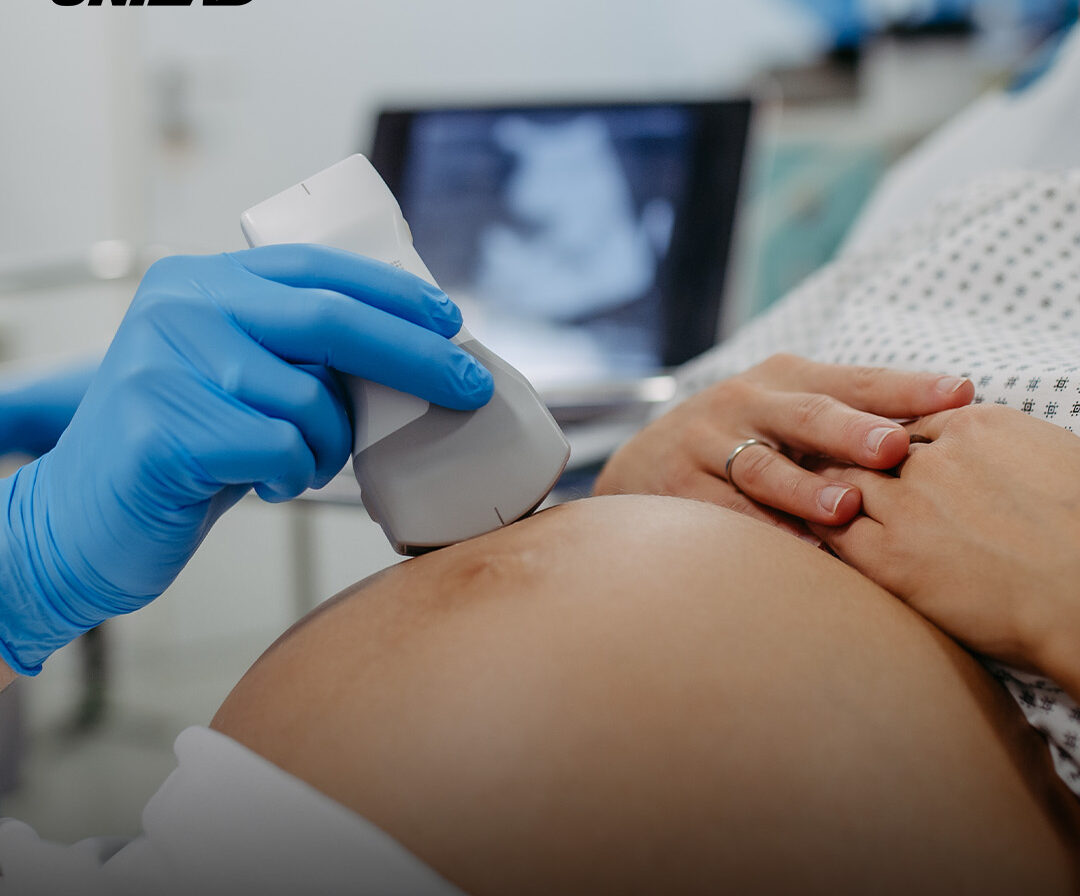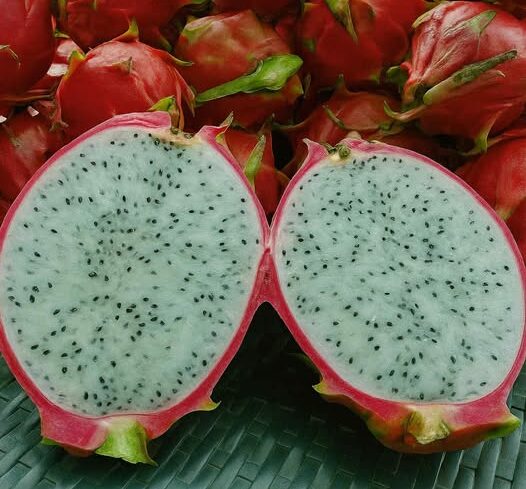Scientists reveal ‘virgin births’ without men could happen as female lizard gives birth alone
A single iguana has sparked some hope that women will one day be able to fall pregnant without the involvement of a man.
Zookeepers at Exotic Zoo in Shropshire, UK, were left rather surprised when they found that one of their reptiles had given birth, despite never being housed with a male.
The casque-headed iguana gave birth to eight healthy hatchlings and are reportedly identical clones to their mom, Sky News reports.
Speaking to the news outlet about their miraculous births, Scott Adams, the zoo’s director, said: “It’s been a cool experience for us. This is like nature doing it for itself.
“This is one of the rarest events in the animal kingdom. When we confirmed the eggs were fertile without any contact with a male, our jaws hit the floor. These babies are essentially mini-mom clones, and seeing them thrive is incredible.
“For us, it’s a powerful reminder that life finds a way in the most unexpected circumstances.”
He went on to describe the incident as an example of ‘self-conservation’.
These types of pregnancies are something known as parthenogenesis, AKA a ‘virgin birth’. They’re rare but not unheard of in species like sharks, stick insects, crocodiles, LiveScience says.
In light of the recent news from Telford’s Exotic Zoo, some experts have weighed in on the idea of humans one day being able to have ‘virgin births’ too.
Dr Louise Gentle, lecturer in zoology at Nottingham Trent University, revealed that it’s ‘technically possible’.
“There have been some studies in laboratories that have produced parthenogenic embryos in mammals, but these have involved genetic modification,” she told the Mail Online.
.jpg)
There’s a possibly that virgin births may be possible in women (Getty Stock Image)
Dr Gentle continued: “To get parthenogenesis in humans, you would need to have individuals with the same chance mutations (there would have to be many mutations) breeding together.
“It’s an extremely long shot, with a tiny probability, but it is technically possible.”
Tiago Campos Pereira, a professor of genetics at the University of São Paulo in Brazil, also weighed in on the matter.
As humans, we have biological barriers that prevent parthenogenesis, he said, but genetic makeup may be ‘altered by natural mutations’.
He went on: “Therefore, in theory, all those barriers might be overcome by a set of specific mutations in the genes responsible for those barriers.
“If a woman happened to have all those specific mutations by chance, perhaps she could have a virgin birth.”
Featured Image Credit: Getty Stock Image

It’s no secret women typically live longer than men – but according to science, it could be because it’s wired into our genetics.
For hundreds of years, women have outlived their male counterparts in every corner of the world and throughout history as we know it. Every country, every community, women consistently boast a survival advantage, so much so that a study said ‘there may be no more robust pattern in human biology’ than this fact.
Currently, the average global life expectancy sits at around 73 years for women and 68 years for men.
In the US, the CDC estimates that this is higher, with women enjoying an average life expectancy of 81.1 years, almost six years more than men’s 75.8 years.
The reason why women typically get more days around the sun has stumped society throughout the ages, with consensus settling on the unsubstantiated theory that men are more likely to put themselves in harm’s way or abuse their bodies through smoking, drinking, and having a poor diet.

Women tend to live longer all over the world, but why is that? (Getty)
However, this hypothesis doesn’t explain why the animal kingdom also exhibits the same disparity, with female mammals, such as chimpanzees, baboons, gorillas, and orangutans, often outliving the males. And it’s not very often you see monkeys of any sex sharing a cigarette.
Although our human bad habits can jeopardise our health and therefore the time we have on the planet, scientists in Germany claim they’ve finally found out why women seem to have an ingrained upper hand… or at least a partial piece of the puzzle.
The team, who published their study in the journal ‘Science Advances’, say it’s all to do with something called the ‘heterogametic sex theory’.
Men, whose chromosomes are X and Y, are known as the ‘heterogametic sex’ because they have one chromosome of each type.
Meanwhile, women have two X chromosomes, which, according to the theory, doesn’t mean they have any immortal superpowers, but rather that they are at a genetic advantage since it protects them from harmful mutations, with the extra X chromosome acting as a sort of backup.
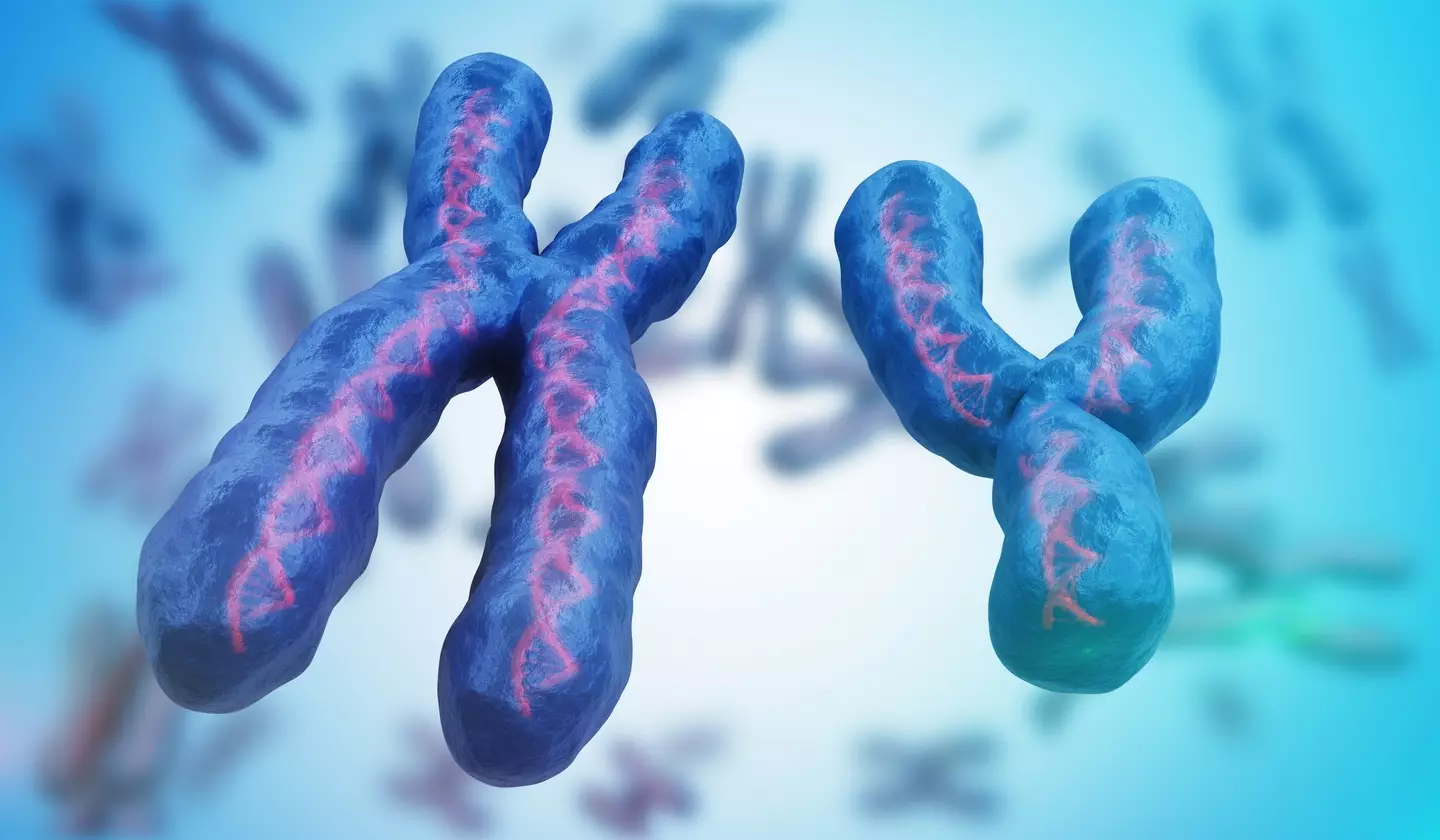
It all comes down to chromosomes (Getty)
As for men, their XY chromosomes mean they are potentially more vulnerable to diseases and harmful genetic mutations, ultimately resulting in an earlier death on average.
Doctor Fernando Colchero, study author at the Max Planck Institute for Evolutionary Anthropology in Leipzig, told The Daily Mail: “We believe that the heterogametic sex is partially the answer.
“We found that there are factors which are tightly linked to our evolutionary history that contribute as well.”
“Basically, if you have two copies of the same genes [like XX] it’s better than one,” study author Doctor Johanna Stärk at the Max Planck Institute for Evolutionary Anthropology also told the outlet.
However, there were also some ‘exceptions’, according to Colchero, as he told New Scientist that the data similarly suggests that mating selection can have an impact, as female animals will invest in traits more likely to succeed in long-term survival, like body size, for example.
“In theory, those are very costly to produce and maintain, while they are also linked to a higher tendency of males to fight to monopolize females,” Colchero said.
It was also found that females tended to focus more on raising their offspring, which also led to them living longer.
But while female birds of prey were ‘larger’ and more protective of territory and still living longer, Stärk says, it is still a ‘mystery’, but it doesn’t appear to be changing anytime soon.
Featured Image Credit: Getty Images
Topics: Science, World News, Health, Life
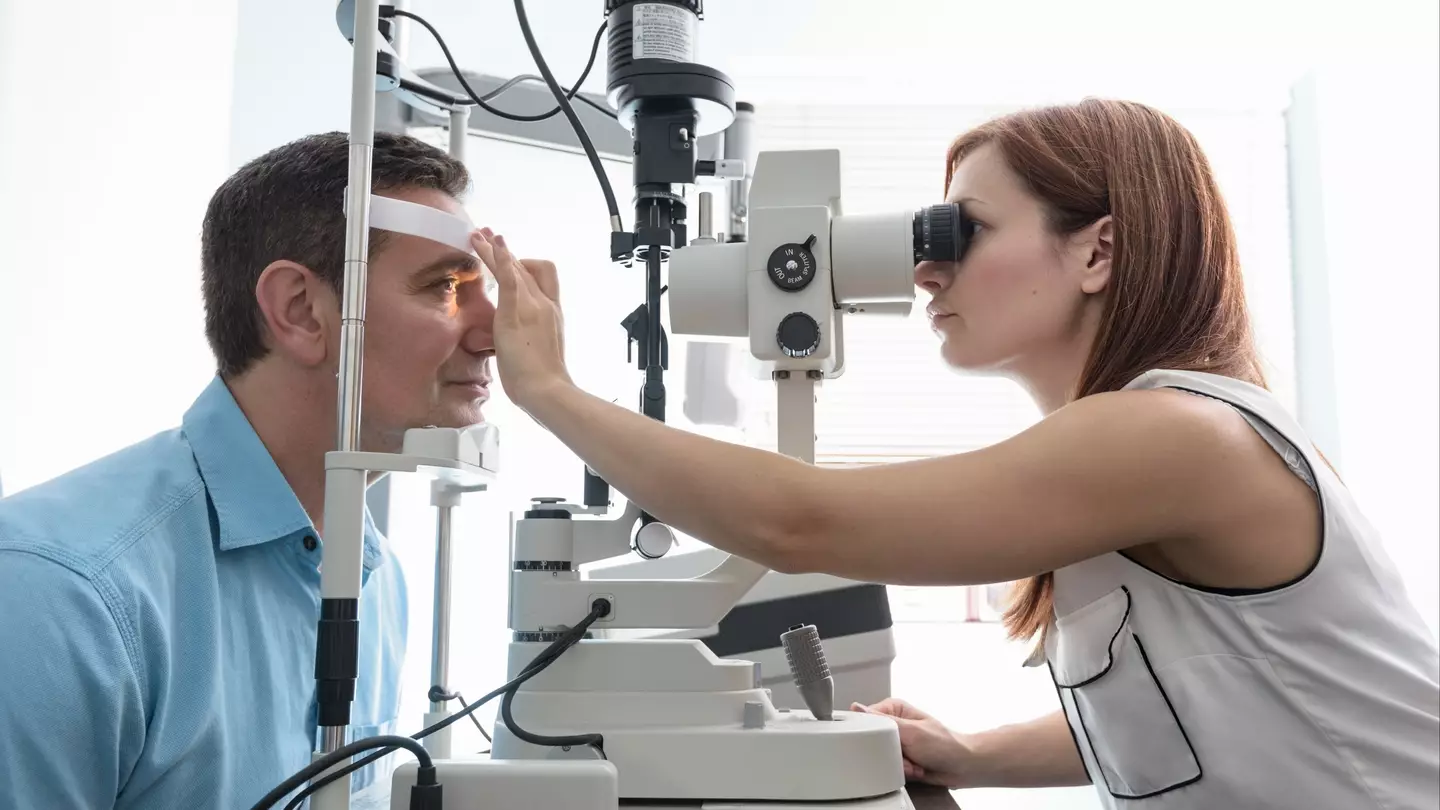
Scientists have revealed a shocking new eye test which could predict dementia decades early
Opticians may be able to spot signs of the devastating Alzheimer’s disease up to 20 years before symptoms appear by routine eye tests, say scientists.
The eye tests could be available within the next few years.
The study and findings were a build on Jackson Laboratory’s 2022 study in Maine. The scientists observed a test on mice, which led them to the new disease detecting test.
The aim of the test was to learn in depth about how eye health exactly has a direct effect on dementia.
Dr Alaina Reagan- JAX neuroscientist explained: “Most people over the age of 50 have a vision impairment and get checked annually for any prescription changes. Are they more at risk if they have these vascular changes and is that a point where doctors could start mitigating brain changes.”
The study is not just focusing on a cause and solution for the disease, because these conditions can depend on several different environmental and genetic factors. However, if the clinicians know the signs to look for, they can recommend further or tests.
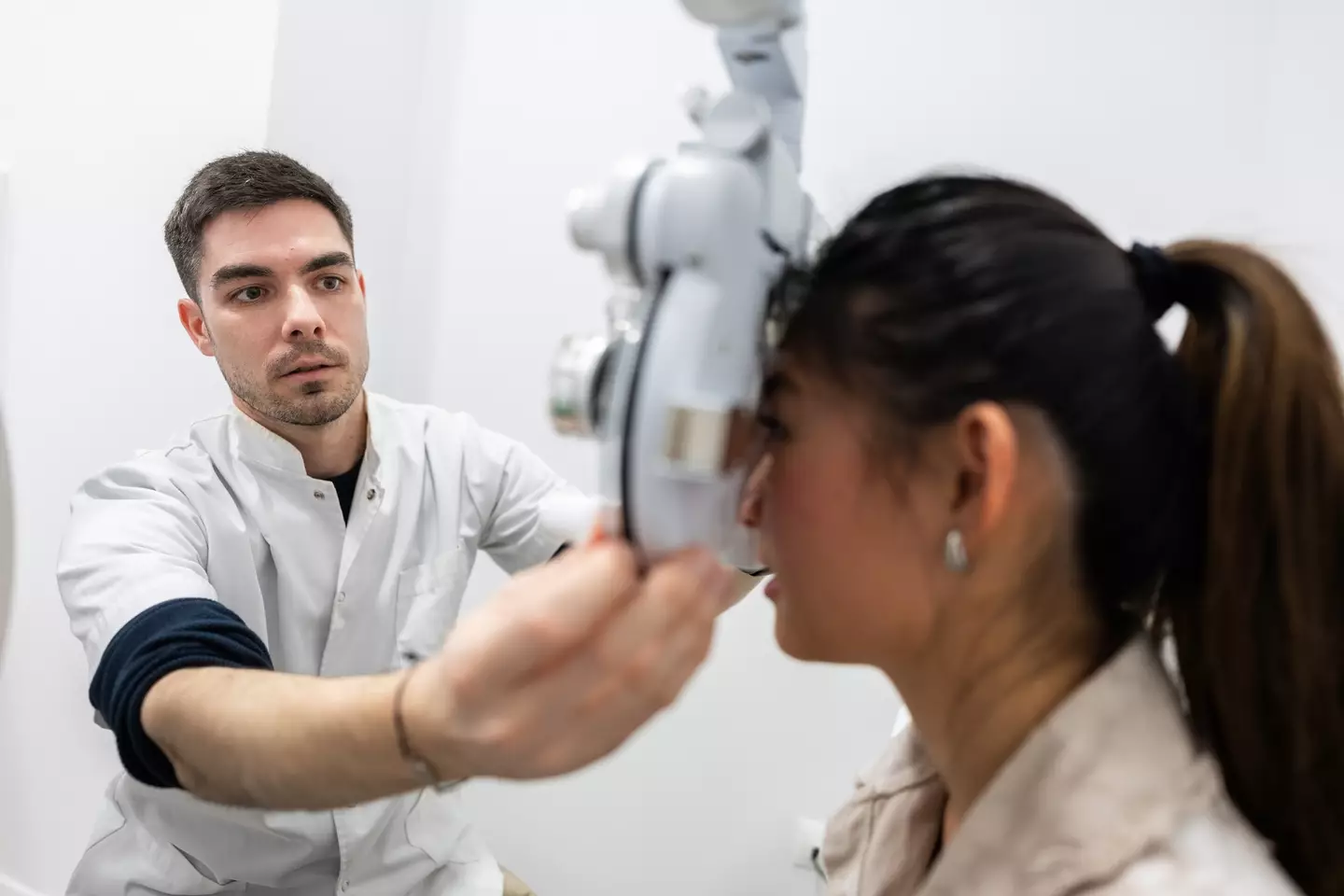
Patients will be able to have simple eye test to detect early dementia signs (Getty Stock Photo)
The researchers studied mice with a mutation called MTHFR677C>T- found in 40 percent of people. Their findings revealed that the mice’s retinas had twisted vessels, narrowed and swollen arteries, and less vessel branching as early as six months old.
Reagan added: “Vessels that appear more twisted and looped than normal can signal hypertension problems because of the narrowing tissue limits nutrient and oxygen transport.”
There are abnormal links in the study to retinal cells and early dementia risks. Reagan labelled the retina as a ‘powerful biomaker’ for Alzheimer’s and dementia diseases.
She said: “If you’re at an optometrist or ophthalmologist appointment, and they can see odd vascular changes in your retina, that would potentially represent something happening in your brain, which could be very informative for early diagnostics.”
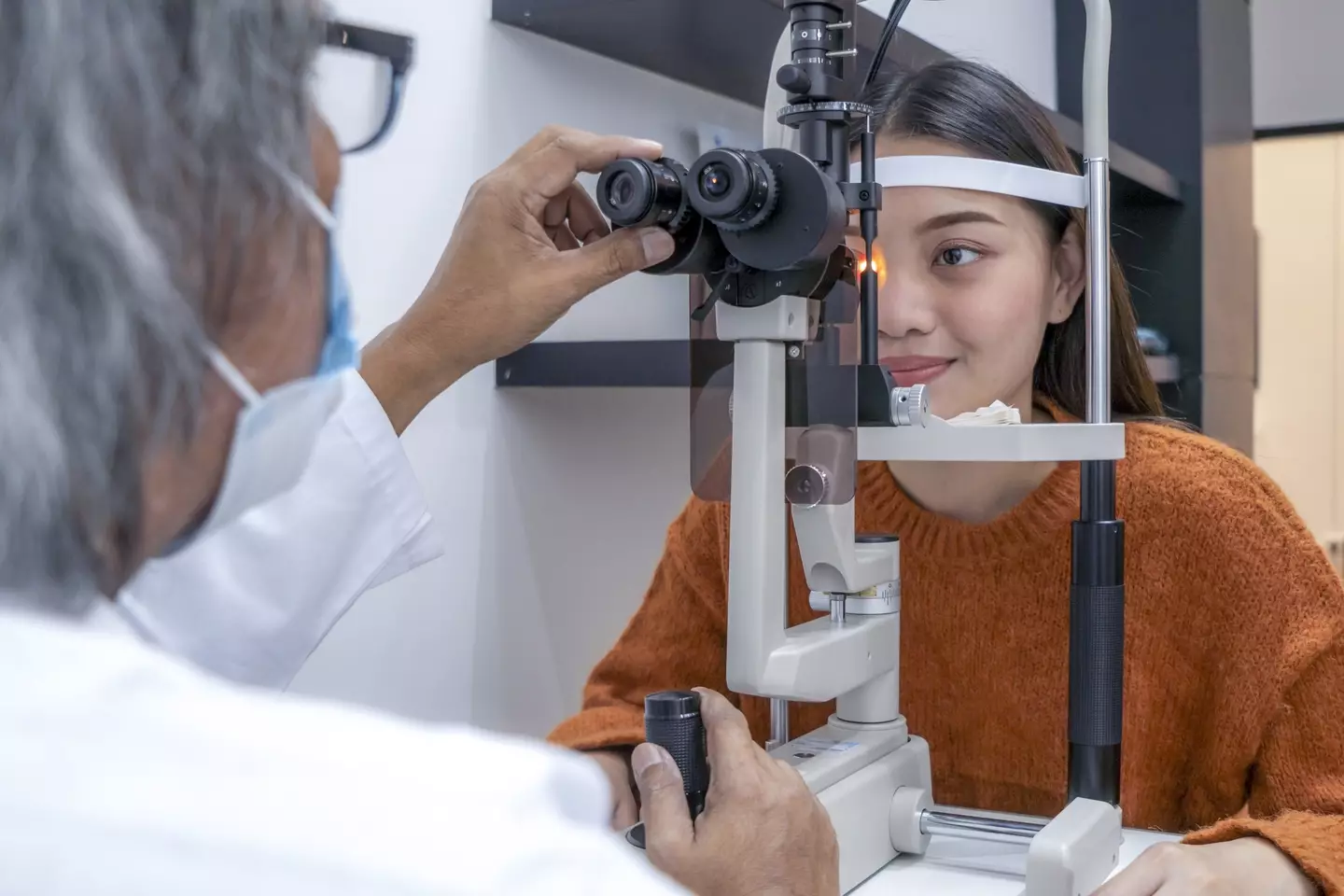
A new scientific study on mice detects what signs to look for in patients (Getty Stock Photo)
A study by the same group in 2022 highlighted similar vascular changes in the brains of the same mutation of mice.
It found the link between vascular health in the retina that resembles human disease. The mice of this study had fewer vessels in their cortex and reduced blood flow to the brain.
The retina is part of the central nervous system, allowing scientists to see it as an extension of the brain which shares the same tissue. So, changes in retinal blood vessels are the early clues about brain health.
Featured Image Credit: Getty Images
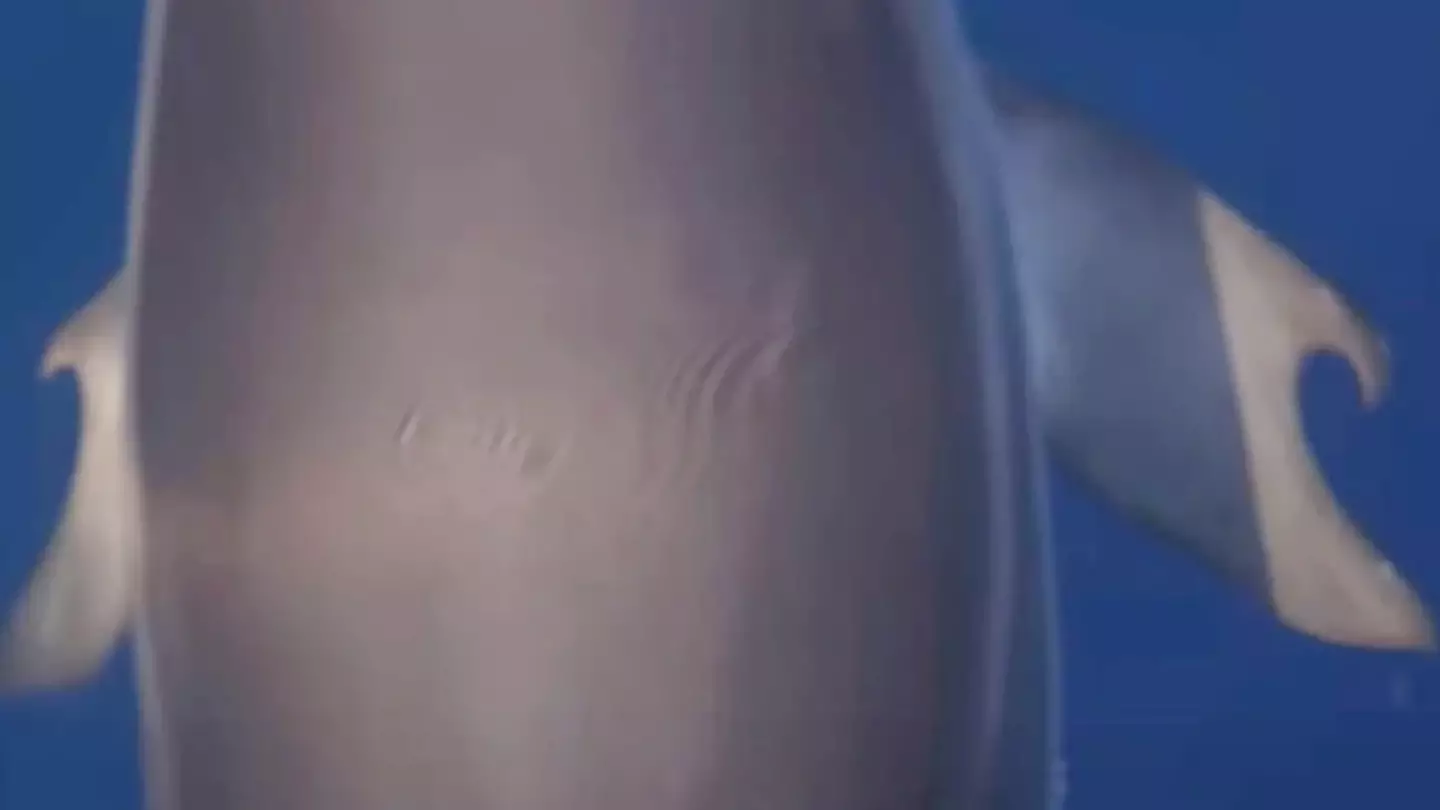
When you think of a dolphin, you’re probably picturing the happy animals we’re all used to seeing on TV, in films and out at sea.
You’ll be thinking of the smiling, shiny, bottle nosed dolphin that we’re all used to seeing when we think of the animal. The smooth and sleek lines of the dolphin don’t usually come with thumbs, or a ‘hook like’ feature – or at least they’re not supposed to.
Yet off the coast of Greece, a dolphin has been spotted that has strange, hooked thumbs on its flippers.
Spotted along the Gulf of Corinth, the unusual looking dolphin was spotted in a mix of various species of dolphins, including common dolphins (Delphinus delphis), Risso’s dolphins (Grampus griseus) and striped dolphins (Stenella coeruleoalba).
The Pelagos Cetacean Research Institute was the first to spot the unusual-looking mammal, which was spotted twice while the group conducted its boat surveys and studied the species.

A dolphin with a ‘thumb’ or ‘hook like’ feature on its fins has been spotted near Greece. (Alexandros Frantzis/Pelagos Cetacean Research Institute)
Alexandros Frantzis, president of the research institute, spoke out as he highlighted that despite the dolphin having the unusual feature, it didn’t stop it from keeping up with others in the group.
Speaking to Live Science, he explained: “It was the very first time we saw this surprising flipper morphology in 30 years of surveys in the open sea and also in studies while monitoring all the stranded dolphins along the coasts of Greece for 30 years.”
Frantzis also told the website that the deformed flipper is most likely “the expression of some rare and ‘irregular’ genes.”
Lisa Noelle Cooper, a mammalian specialist, also believes the ‘thumb’ feature could be due to the dolphin’s genes. Also speaking with Live Science, she told the outlet: “I’ve never seen a flipper of a cetacean that had this shape.
“Given that the defect is in both the left and right flippers, it is probably the result of an altered genetic program that sculpts the flipper during development as a calf.”
She added that humans develop their fingers into hands in the womb, with cells dying off before birth. However, for dolphins, cells build up around their forelimbs to form the flippers that we’re used to seeing on these mammals.
She stated: “Normally, dolphins develop their fingers within the flipper and no cells between the fingers die off.”
However, the anomalous dolphin appears to have developed differently.
“It looks to me like the cells that normally would have formed the equivalent of our index and middle fingers died off in a strange event when the flipper was forming while the calf was still in the womb,” Cooper theorised.
While the sighting of a thumb in the wild might lead us to wonder if dolphins are developing and could eventually evolve to have hands like humans, it is unlikely.
Cooper explained: “The hook-shaped ‘thumb’ may have some bone inside of it, but it certainly isn’t mobile.” She then pointed out that “no cetaceans have mobile thumbs.”
Whether it has a thumb or not, it’s clear the dolphin isn’t letting it stop it from living it’s best life with its dolphin pals, as Cooper added: “It is lovely to see that this animal is thriving.”
Featured Image Credit: Alexandros Frantzis/Pelagos Cetacean Research Institute
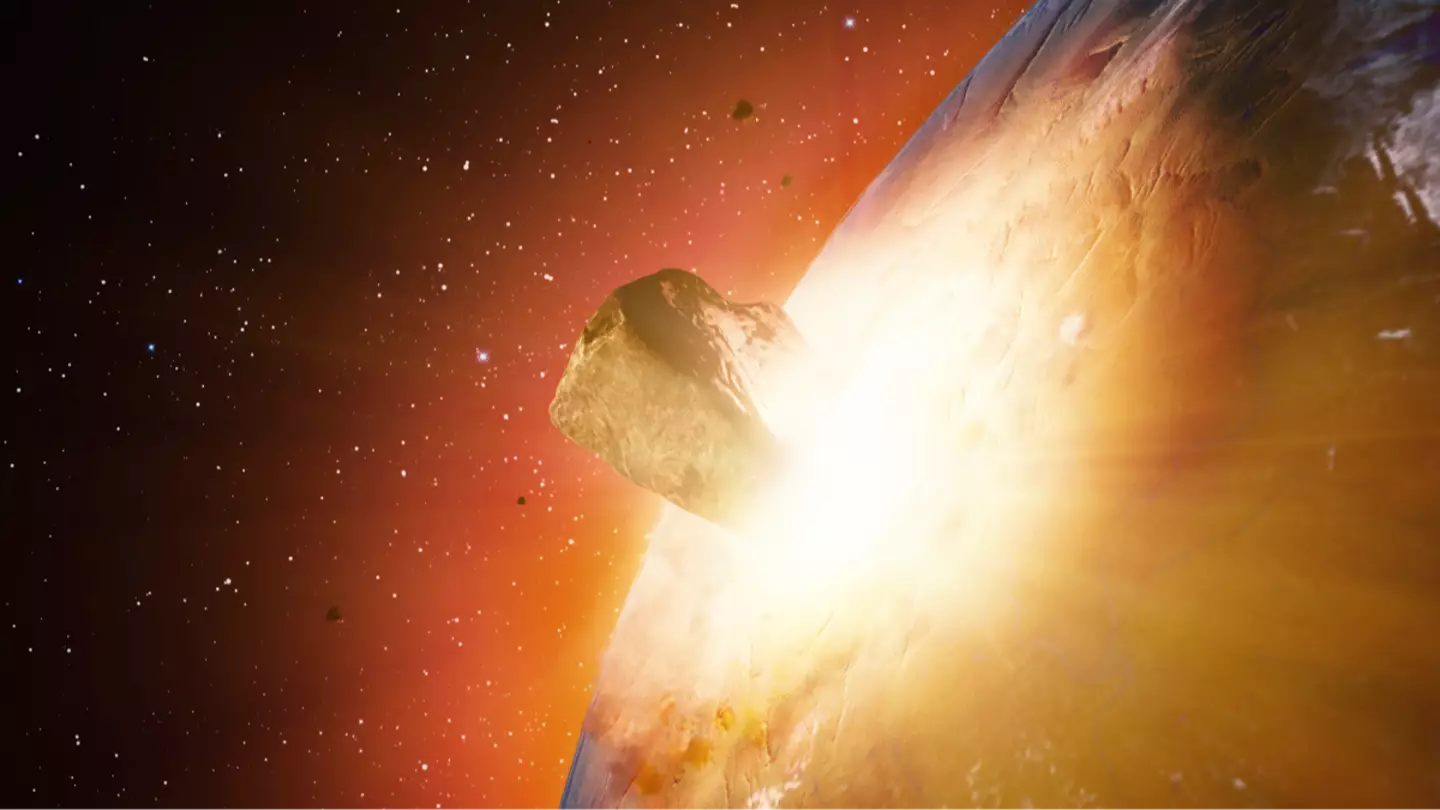
Scientists have shared what they believe to be the most likely way the universe will end.
I’m sure we would all like to think that we will meet a nice and peaceful fate, but all theories relating to the way the universe may eventually end are, as I’m sure you can imagine, quite extreme.
The universe has been expanding for billions of years ever since the Big Bang, which created our world as we know it.
It’s said that this ongoing expansion is aided by something called dark energy.
NASA says of dark energy: “Dark energy has been described by some as having the effect of a negative pressure that is pushing space outward. However, we don’t know if dark energy has the effect of any type of force at all.”
.jpg)
The universe is estimated to be 13.8 billion years old (Getty Stock Image)
It adds: “There are many ideas floating around about what dark energy could possibly be. Here are four leading explanations for dark energy. Keep in mind that it’s possible it’s something else entirely.”
But there are fears that dark energy is weakening as time goes on, meaning the universe will ultimately shrink in what cosmologists call the ‘Big Crunch’.
In simple terms, the Big Crunch is the opposite to the Big Bang and will see the universe snap back into a singularity.
Scientists from Cornell University have recently calculated when the Big Crunch could begin and hailed it as the likely outcome for our universe.
In the study, it claims that our universe will begin to shrink in around seven billion years time, when it reaches its predicted maximum expansion size.
It will then take another several billion years for the universe to snap back into its original state. All in all, it’s predicted that the whole thing will take 33.3 billion years before the universe dies — so don’t be canceling next year’s summer vacation just yet.

The ‘Big Crunch’ would see the universe collapse back in on itself (Getty Stock Image)
As to how scientists came to this number, it comes down to tracking dark energy’s behavior and seeing if it has been increasing, decreasing, or is a constant force.
Looking over a series of astronomical surveys, it was concluded that the Big Crunch will ultimately end our universe in 33.3 billion years.
Our future pretty much depends on dark energy, says Michael Levi from Lawrence Berkeley National Laboratory.
Levi told BBC’s Sky at Night Magazine: “Whatever the nature of dark energy is, it will shape the future of our universe.
“It’s pretty remarkable that we can look up at the sky with our telescopes and try to answer one of the biggest questions that humanity has ever asked.”
